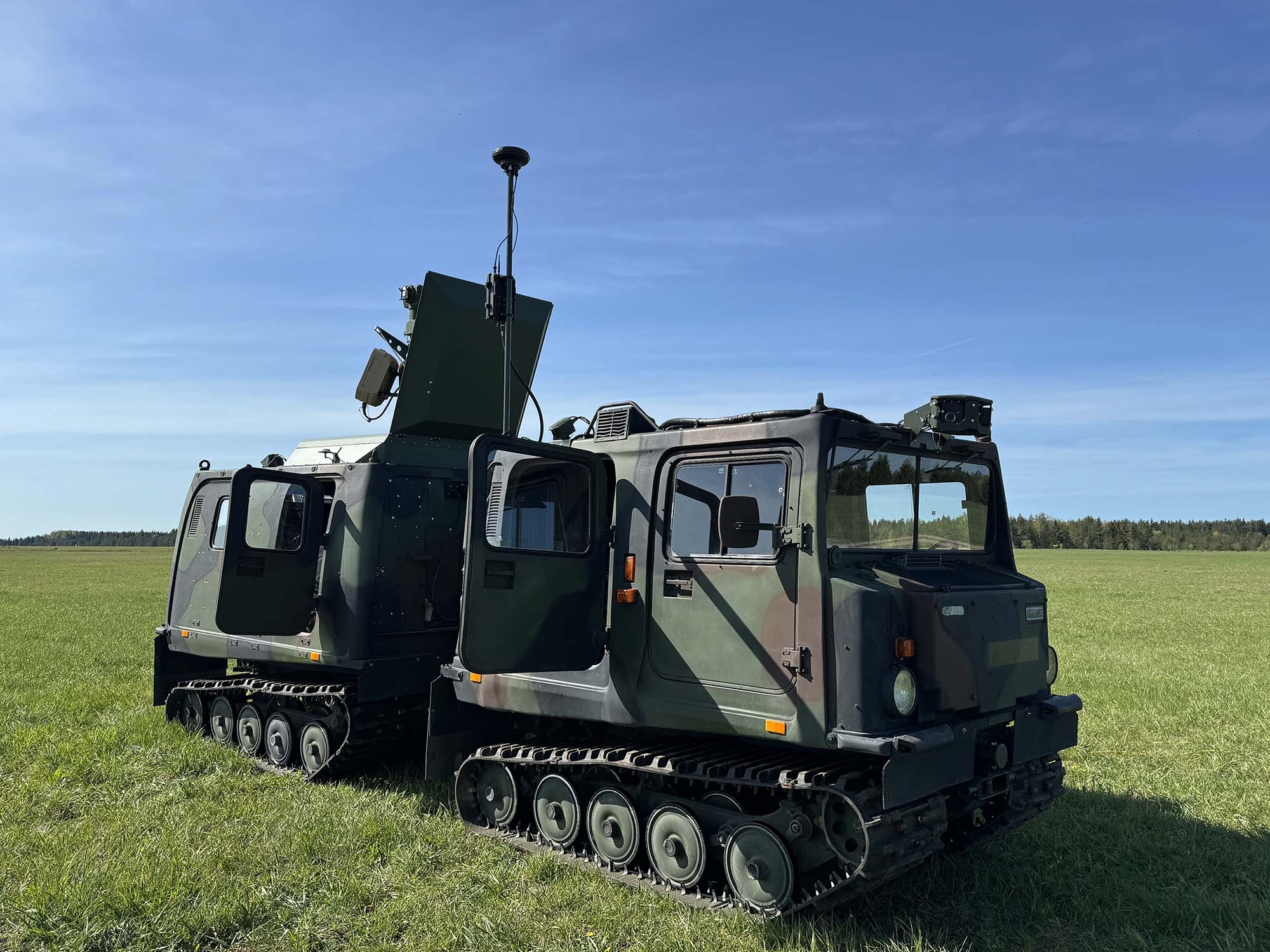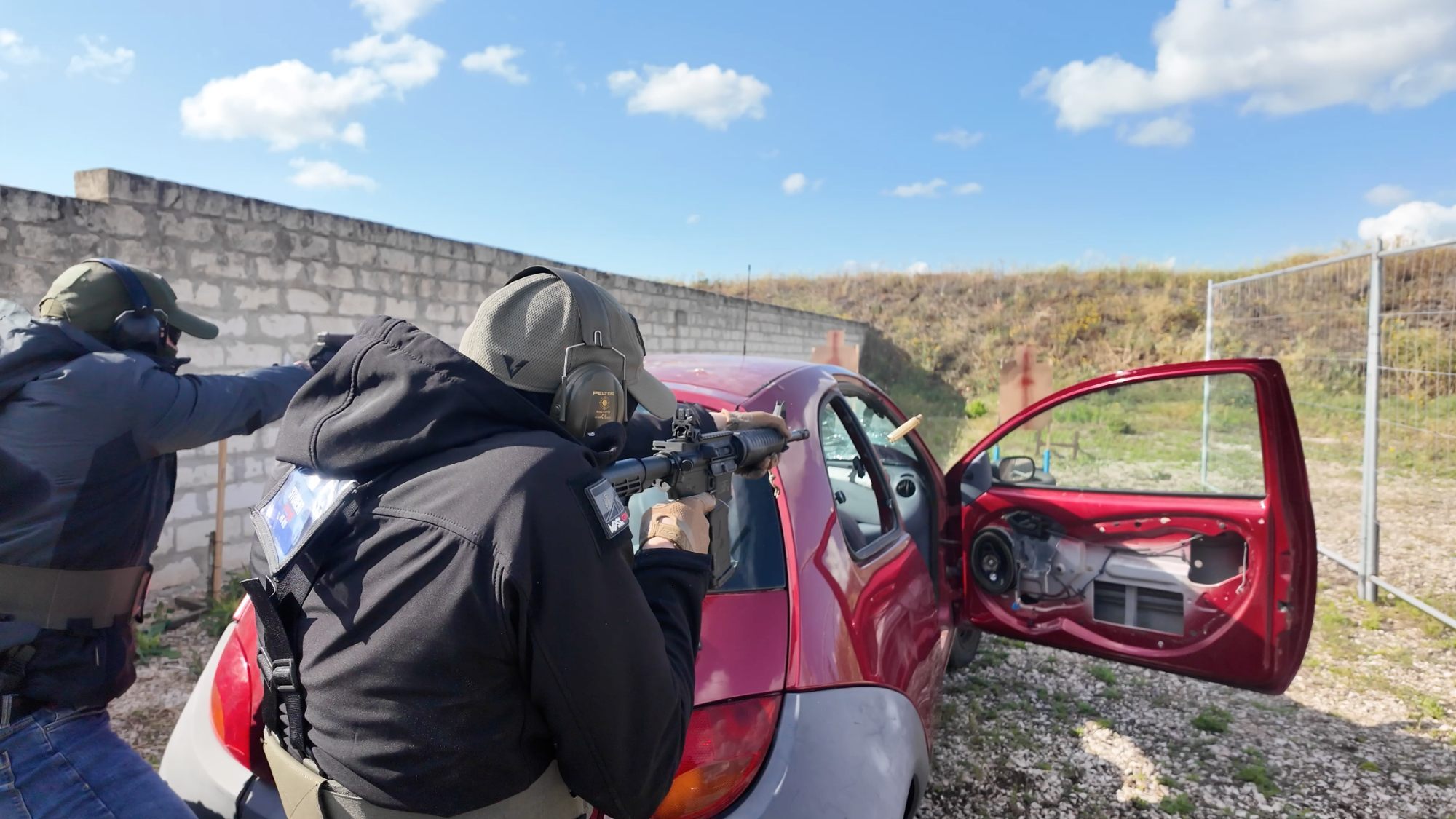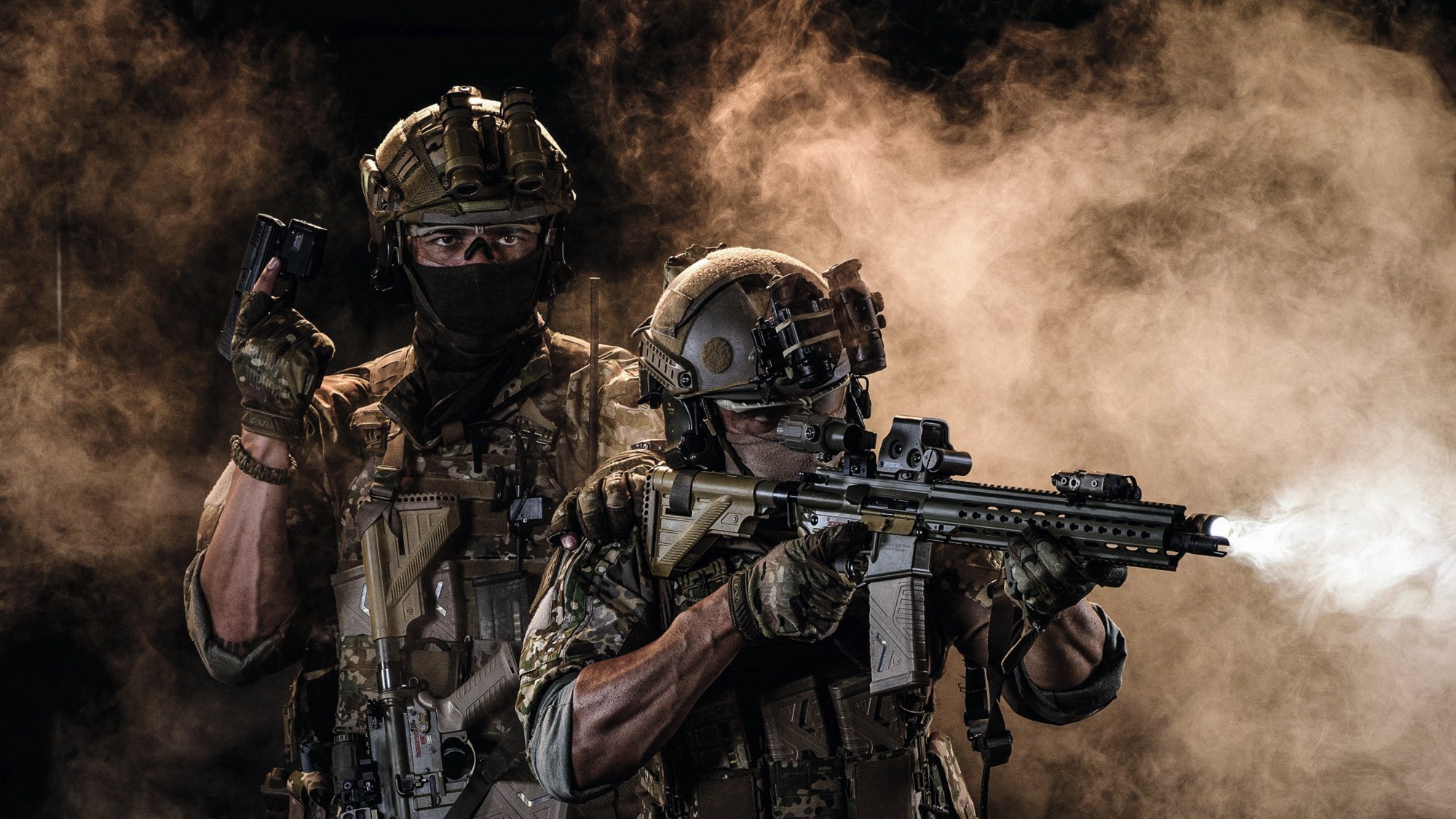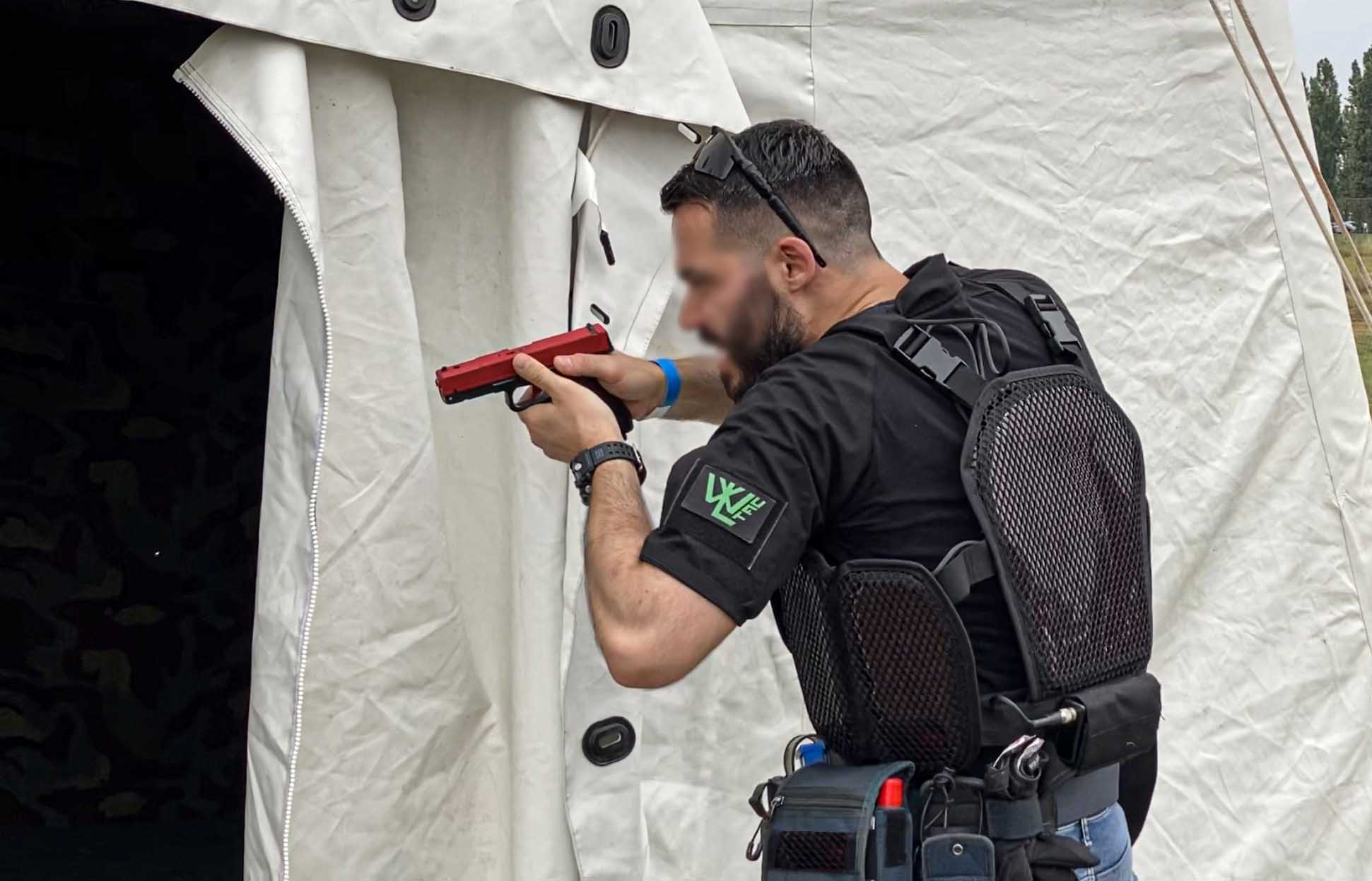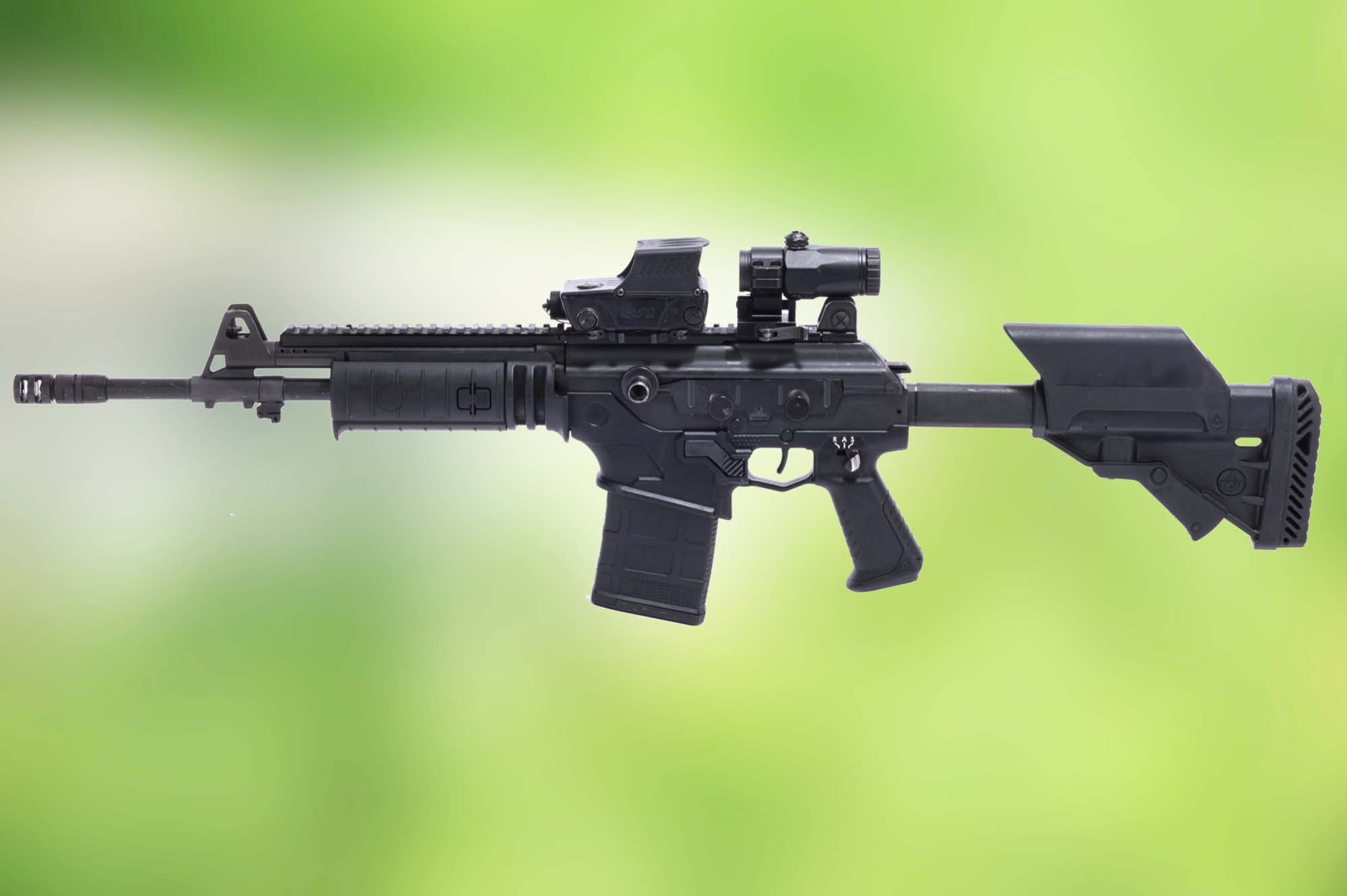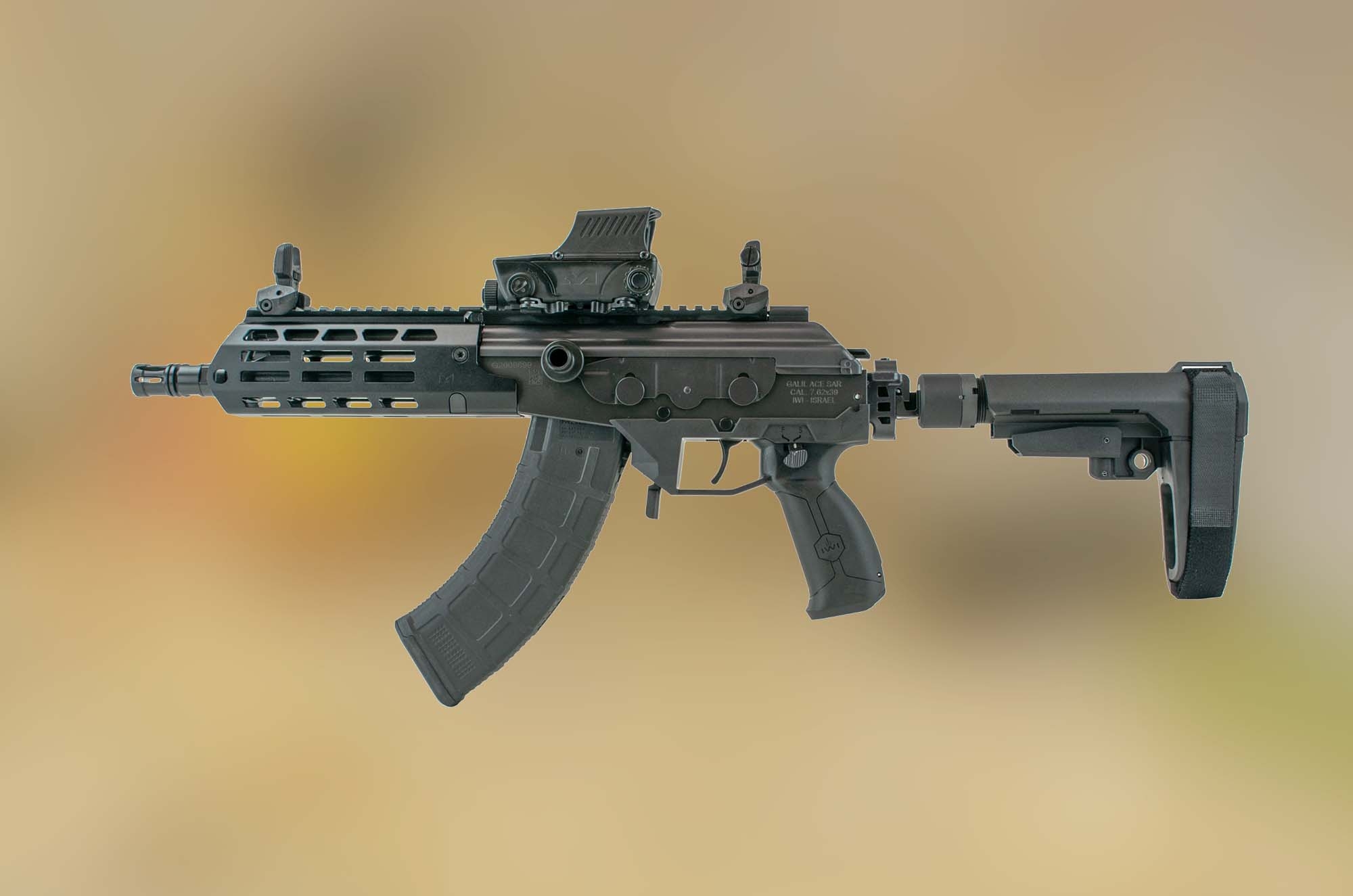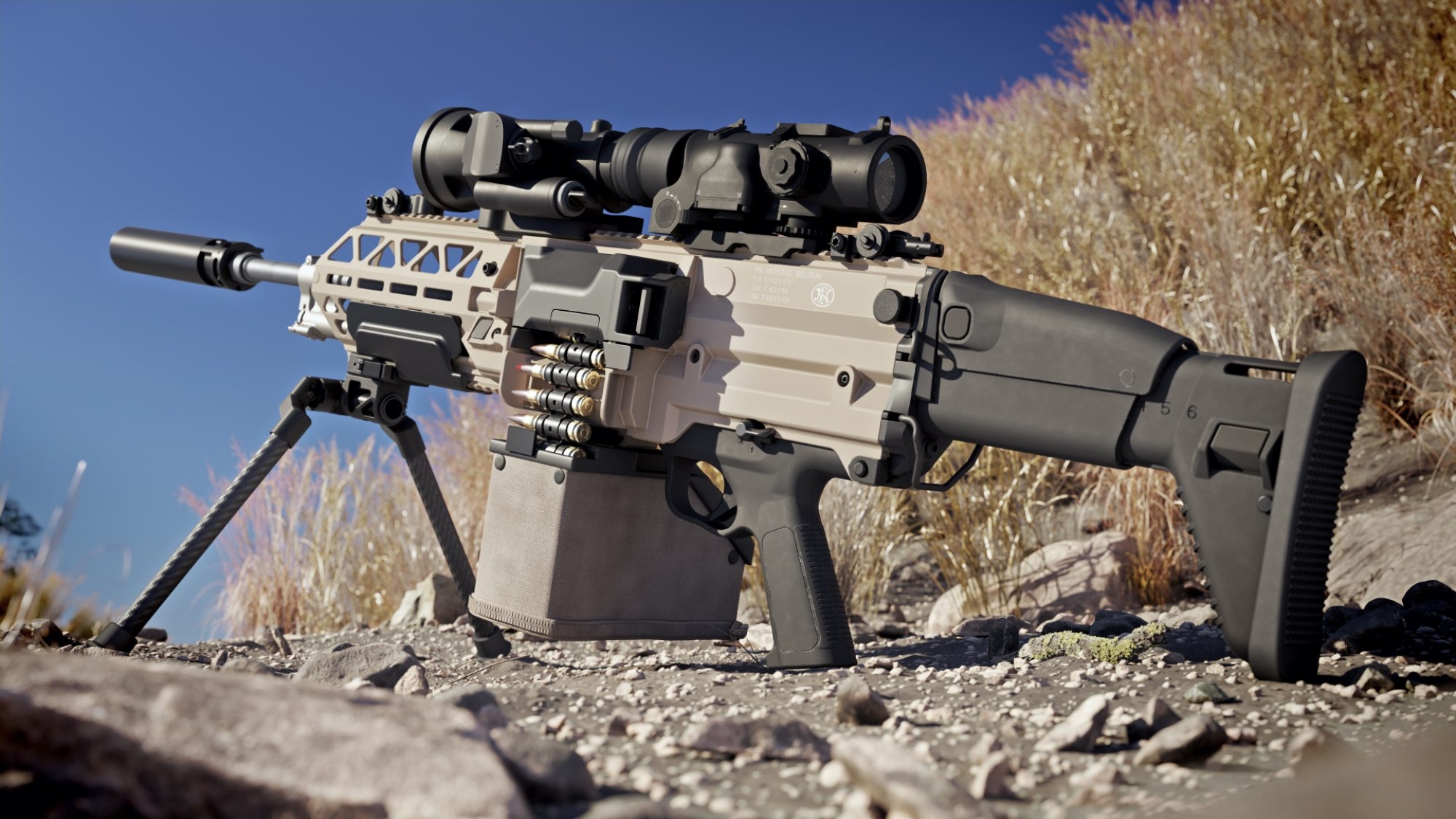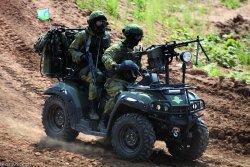
The dramatic differences that can arise between land mobility on foot or by vehicle were demonstrated by the notorious SAS Bravo Two-Zero (B-20) patrol. In the 1990 Gulf War, B-20, like other SAS teams, was to reconnoiter and eliminate so-called high-value targets behind enemy Iraqi lines. These primarily included mobile SCUD missile launchers. Unlike their comrades, the men of B-20 chose to complete the mission on foot, carrying the necessary equipment.
This mission planning proved to be disastrously impractical. For example, the heavy payloads made the eight-man squad difficult to move. As if that were not enough, they penetrated deep in the enemy's rear and could not disengage from the enemy quickly enough. Three SAS soldiers were killed and four became prisoners of war. Only SAS operator Chris Ryan was able to escape to Syria. (That of all things this failed enterprise went down in British military history as one of the most highly decorated SAS patrols since the end of the Second World War is somewhat curious – all the more so because other SAS patrols decided to use vehicles and therefore achieved significantly higher military successes.)
The basic requirements for SOF vehicles – for land mobility in particular, but also to a limited extent for air or sea mobility – can be reduced to the common denominator "fast, strong and simple". They must be in fact lightweight, air-transportable, powerful, and lethal.
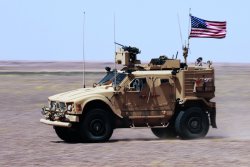
Often, the mission area for SOF vehicles can only be reached reasonably undetected by helicopter transport. Airlift capability, i.e., transporting a vehicle as an external load, may already be a significant operational disadvantage. If, for example, an SOF vehicle is still dangling from the load hook during the in infltration, i.e. the penetration of the operational area, this can cause the cover to be blown. At the same time, light weight means a certain sacrifice in terms of protection against ballistic impacts, booby traps and mines. Modular protection add-ons nevertheless appear desirable and are usually in the requirement list of the responsible procurers.
High speed, all-terrain capability and range are shown to be indispensable in terms of mobility and endurance. The often extensive armament, personal equipment, reconnaissance and radio equipment, as well as power supply, also require high payload capacity. As for lethality, effect goes before cover. High firepower helps achieve fire superiority even against numerically stronger opponents. A broad mix of weapons from light machine guns to multi-barrel Gatling guns with high rate of fire, automatic grenade launchers and shoulder-launched multipurpose weapons up to anti-tank guided missiles must often be able to be deployed directly from the vehicle.
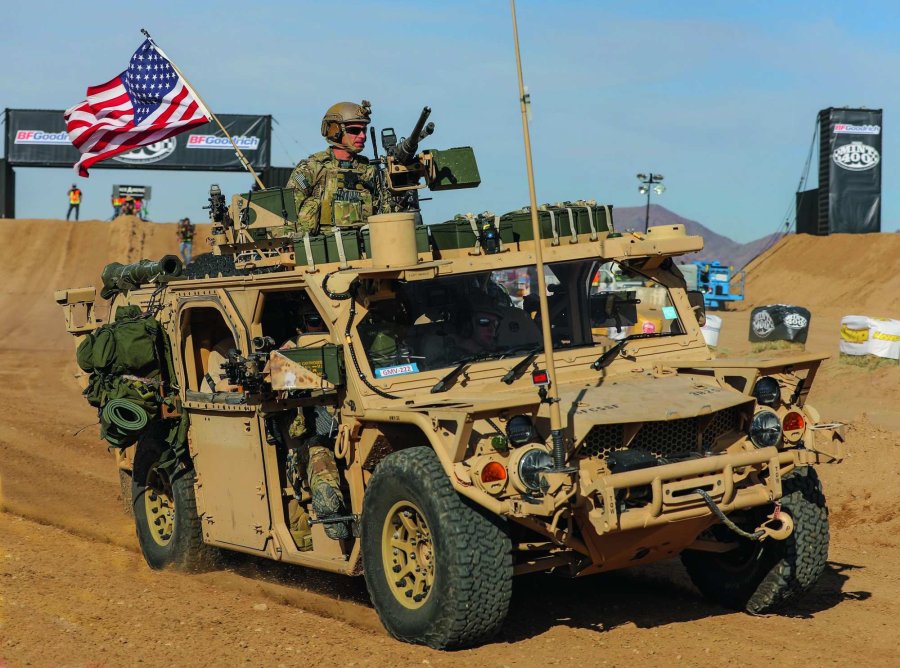
To put it straight: in war, only the simple succeeds. For special forces in particular, the motto is: "Keep it simple and safe" (KISS). Commercial off-the-shelf (COTS) components offer the advantage that operational logistics can often rely on a worldwide commercial dealer network. On the contrary, complex technologies that can only be maintained by service workshops appear to be a hindrance. The engines also have to be able to cope with fuel that is common in operations. Euro 6 biofuel with additives may be difficult to find in operational areas.
SOF vehicles should be easily repairable in the field so that the mission can be continued or at least a pick-up point can be reached quickly and safely. Should the vehicles have to be left behind, no high technology should fall into the hands of the enemy. Because of the secrecy involved, depending on the area of operation, it may seem expedient to use local vehicles or those available from the line troops – which is what happens. Some of these even come in their own SOF variants, such as the Oshkosh M-ATV, that also protects against mines and booby traps. In addition, there are souped-up commercial vehicles that function as Non Standard Commercial Vehicles in the US.
Currently, the US armed forces are projecting the next stage to be customized special vehicles on a commercial platform in order to be able to move as inconspicuously as possible in operational areas, but to have better armament and protection on board if the worst comes to the worst.
On the ground
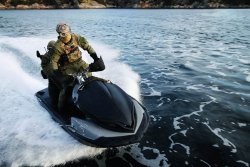
SOF land vehicles can be categorized into four classes primarily based on the criteria of weight and air transportability, namely ultra-light, light, medium and heavy. The ultralight class includes two-wheelers and the off-road all terrain vehicles (ATVs) erroneously referred to as "quads" up to a weight of 500 kg. Two-wheelers include not only dashing enduro off-road machines but also bicycles, including foldable versions that are suitable for airborne use. Compared to two-wheelers, ATVs offer higher payloads, more power and better armament options. In addition, they can often be fitted with trailers. Both bicycles and motorcycles, as well as ATVs, are available as electric vehicles.
The light class includes tactical all-terrain vehicles with a weigh up to one ton when empty. They usually have little or no protection and can accommodate two to four operators. Transport helicopters such as CH-53 or CH-47 Chinook can usually carry two vehicles in the light SOF vehicle class in the cargo compartment and another as an external load if necessary. Smaller transport helicopters such as the CV-22 Osprey used by US SOCOM and US Marine Corps can carry one such vehicle in the cargo compartment. A classic representative of this type is the Polaris MRZR, which serves as a Light Tactical All Terrain Vehicle in the US military.
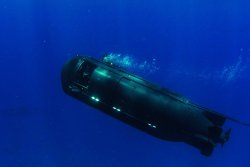
Modern reconnaissance and combat vehicles weighing up to 3.5 tons make up the medium class. This category can be airlifted in transport helicopters such as CH-47 and CH-53. Tactical medium-class vehicles are proving to be fast and capable of endurance. There is a lot of movement in this market, as shown by corresponding projects in the USA. Here, the special forces have initiated a generation change with the Ground Mobility Vehicle 1.1 project.
At the end of 2014, the Dutch Korps Commandotroepen (KCT) began to replace the Mercedes Benz 290 GD it had been using with the Air Transportable Tactical Vehicle (ATTV), known as Vector, from General Dynamics European Land Systems and its Dutch partner Defenture. The German Special Forces are also looking for a replacement for their Serval reconnaissance and combat vehicle, which was introduced in 2003 and supplied by Rheinmetall.
The heavy SOF vehicle class weighs up to eight tons empty. Of this class, only one vehicle can be transported in the cargo compartment of a CH-47 or CH-53. This class of vehicles is designed to remain in the area of operations for a longer period of time; moreover, it usually already offers higher integrated basic protection and is therefore suitable for a "mother-ship role". Representatives of this class include the Special Forces High Mobility Transporter (HMT) Extenda from Supacat or the Special Operations Vehicle from KraussMaffei Wegmann.
Above and below water
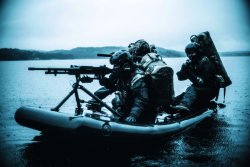
When it comes to mobility in the wet element, a distinction is made between underwater and above-water vehicles. Underwater, the options extends beyond flippers, up to small individual man-portable propulsion systems and full-blown mini-submarines. Small propulsion systems include, for example, P3M's jetboots. Here, the combat swimmer puts on a kind of seat belt with two small electrically powered thrusters on the left and right sides. The next largest class is the underwater scooter. These can pull one to two divers with equipment, depending on their size. These are followed by underwater vehicles for what the military quite dryly calls "wet delivery." This includes, for example, the SEAL Delivery Vehicle. In the US, the larger MK11 version is currently taking the place of the older Mk8 model. The largest SOF underwater class is considered to be small submarines, in which the crew remains dry during transport.
Above water, rigid hull inflatable boats are the standard, especially in the SOF sector. Special seats protect the crews as they ride over the waves. Since these boats are seaworthy but not enclosed, the crews are usually given special clothing reminiscent of dry suits. Other assault and combat boats round out the watercraft fleet. The US military uses three different classes of these: the Combatant Craft Assault, the Combatant Craft Medium, and the Combatant Craft Heavy. In the Scandinavian countries, small, maneuverable, and enclosed combat boats are common and can quickly drop infantry fighting troops, as well as special operations forces, along extensive coastlines.
Taking to the air
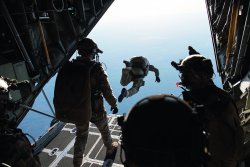
Air vehicles occupy a key role in both SOF mobility and its combat power – whether for infiltration, exfiltration or close air support. Of course, unlike some water and most land vehicles, fixed and rotary-wing aircraft can only be moved and operated safely and sensibly by specially trained personnel. The situation is different, however, when it comes to individual transport from the sky to the ground.
The parachute serves as an essential link between the aircraft and the ground or sea. Most special forces have mastered the parachute. Almost every operator can use this means of transport. And if not, he can reach the area of operation strapped under a comrade in tandem.
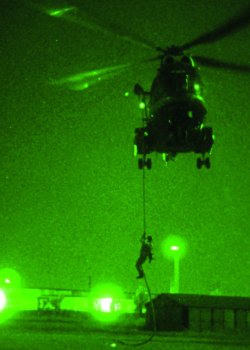
Basically, two jump techniques can be distinguished. In HAHO (High Altitude High Opening), the parachutists leave the respective aircraft at about 8000 meters and open their chutes shortly thereafter. This allows them to glide over long distances (40 kilometers and more) to the target area. This is contrasted with the HALO (High Altitude Low Opening) jump technique. The aim here is to be exposed to enemy air defenses for as short a time as possible.
For this reason, the pilot drops out at about 8000 meters, but then opens the parachute only at about 800 to 1000 meters above ground. For even shorter distances to the ground, there are chute-less methods – but only from helicopters. In the fast roping method, ropes are suspended from the helicopter hovering above the drop point, from which a relatively large number of emergency personnel can be deployed in succession from a relatively low altitude in a relatively short time – and sometimes at a comparatively high speed.
If the operators have to bridge greater heights and therefore have to be better secured, or if as many forces as possible have to be deployed at the same time, this is done by rappelling (abseiling): each operator uses his/her own rope to get down to the ground. For this, of course, a rappelling harness is needed.

There are also smaller aircraft that can be used by individual soldiers. These include rocket packs, as shown by Sean Connery in the opening scene of the James Bond adventure "Fireball," or paragliders with their own propeller backpack drive, as in the "G.I. Jane" movie starring Demi Moore. Much newer is the flyboard, a hover platform used by French extreme athlete Franky Zapata to cross the English Channel. He has also used it in the traditional military parade on France's National Day. In the meantime, the Royal Navy has been testing whether this device could be used to board ships. But all these devices were not yet completely convincing – mainly because they did not comply with the KISS principle.
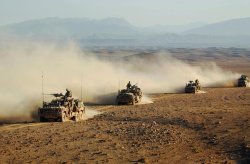
The vehicles described here represent only a small selection of the SOF vehicles available, in use and currently under consideration. Their operational value makes the joking wisdom “better a bad ride than a good walk” sound antiquated. Among the admittedly no longer brand-new findings: electric or hybrid drives, lighter armor and protective devices, sensor-based monitoring and warning systems, augmented reality, and autonomous and semi-autonomous capabilities should and will make inroads.
It is hoped that this will significantly reduce the burden on users and further increase their operational value. Another approach from the US is to protect forces moving on foot or on vehicle from drones. This program goes by the acronym FOCUS, which stands for Family of Counter Unmanned Systems. But modern technology or not, the guiding principle remains the same: special forces will continue to rely on their talent for improvisation.
This installment concludes our series. In Part 1 we took a look into the special forces' mission; in Part 2 we examined their common roots and development; in Part 3 we talked about how special forces are organized around the world; in Part 4 we described the SOF's weapon systems.



